Sophia, the robot who was granted citizenship, tours the world responding to the questions of reporters. An incredible amount of data on us is collected by different types of services and this data is used in many types of influencing efforts. Using genetic engineering and implants, the most eager biohackers strive to extend their lives and achieve new abilities. The highly popular book entitled Homo Deus by Yuval Harari contains a warning about creating a class of useless humans and humans transforming into cyborgs.
The above examples can be interpreted as signals that our perception of what is human is being challenged from many different perspectives. One characteristic of weak signals is that they have the ability to bring out assumptions that we otherwise would not challenge. One of these assumptions is about what it is to be a human in the future – how will humans behave and what will the human being of the future be like?
The greatest number of signals can be found from the technological evolution of humans, which refers to how humans develop themselves with technology. In contrast, this has also resulted in a counter-reaction, which emphasises bodily characteristics, the opposition of simplifying mind-body categorisations and contact between people. A separate group of signals are also those that highlight being open to different types of beliefs and going beyond human life using methods other than those provided by technology. Together, these form a rather diverse view of the people of the future.
Technological evolution of humans
Technology has always changed humans and given them new capabilities. Today’s signals in particular indicate three types of changes to humans through technology: genetic engineering and bioengineering, cyborgs and digitising humans.
The development of synthetic biology, especially the CRISPR method (an easy and affordable method for modifying genes), has created a new interest in genetic engineering. Harari argues that even though genetic engineering starts with “correcting mistakes”, historically it has usually transitioned into improving human capabilities. This is also the goal of many transhumanists: to exceed the current human boundaries, whether they are in the body, mind or community.
Human behaviour and health can also be modified using microbiomes. By modifying the bacteria in the digestive tract and on the skin, it may be possible to influence obesity and autism, for example. This offers not only new forms of treatment, but also places the perception of humans as separate beings into question – instead, a human is a network consisting of different organisms, a holobiont.
Humans can also be modified to be more like cyborgs, meaning that different types of implants and devices can be added that give the human new capabilities. For example, artist Neil Harbisson has implanted in his head a sensor that converts ultraviolet light into sound signals, which gives him the ability to hear ultraviolet light. A more ordinary example includes implant parties, where one is able to have a small microchip installed beneath the skin. The chip can then function as a key or train ticket, for example. Neuralink, for example, aims to take the interaction between machine and humans further. Its goal is to enable fast data transfer between the human brain and computers. Therefore, cyborg development is about expanding humans towards technology in a way that is not a lot unlike how the term “holobiont” draws attention to the entity formed by the human and other organisms.
Cyborg development is the expansion of humans towards technology.
The digitisation of humans is its own separate path of development. Humans are seen as data points, with their digital profiles on digital platforms. Our behaviour online constantly compiles our digital profiles and a few companies aim to use this data to create digital copies of humans. Each copy can then continue living after the person has died and update social media, for example. Algorithms presenting themselves as humans are more commonly encountered during various customer service situations. The algorithms are no longer just text-based chatbots, but are now also capable of speaking.
One of the future visions that guide digitisation is the thought of uploading awareness to an information network or at least simulating some type of awareness. As it would also be possible to increase the speed of time, these types of simulated awareness have also been envisioned as types of innovation platforms. The downside to digitising humans includes the fact that the human is flattened to represent just its data, which means everything that is not digitised or cannot be digitised is lost.
Is a human only the total of his or her online activities?
The technological evolution of humans in its different forms is a strongly technology-based concept. Humans are thought to adjust to the changing environment by merging more closely with technology or by making the gradual transition to a fully technological environment. There is also the thought that different types of groups of people are formed: cyborgs, the genetically engineered, digital avatars and those left behind. Attention should be paid especially to who owns the technology and who has access to use it.
As the amount of available information on us is continuously increasing, it is also beneficial to consider how we use this information. Do we trust smart devices and algorithms to evaluate our health more than relying on our knowledge of our own bodies, or are we able to combine both? What about when we obtain more information about our genes and different types of risk factors? Are we able to consider ourselves and others as people or data?
Counter-response to technology
The thoughts about technological evolution and the relatively rapid adoption of digital devices and services also cause counter-responses. The visions of the internet serving as a uniting force have not been realised. Instead, technology is perceived as isolating people from one another. We are “alone together”, as Sherry Turkle describes in her book.
The counter-response is evident in the desire to live with technology, but also in the empathy for the bodily traits and communality of people. The balance between technology and the rest of life is sought by attending device-free retreats or by seeking therapy for internet addiction. Some flee entirely from electromagnetic radiation.
There are also indicators that being device-free and being offline are new forms of luxury. Therefore, it would seem that a new digital gap is being formed: in addition to some not being able to access information networks and digital services, others cannot afford to not use them. Disconnecting from the media and other information flows regularly is important in order to maintain a healthy brain – we need boring moments in order to recover.
Being device-free and offline is a new form of luxury.
In the counter-response, technology is seen more as isolating people from one another rather than taking society towards a new type of togetherness. Instead of technology (or aided by technology) the focus is on communality and interaction between people. For example, the Team Human podcast emphasises how people can solve wicked problems together and resist the seemingly inevitable technological advance. Humans are part of a community. Therefore, the essence of a human is specifically defined by other humans and the community.
If the focus of technological evolution was on modifying humans, the view focusing on communality aims to modify the environment of humans. What type of communities or society do we want to live in? What is the role of technology in them? There are many responses, ranging from electricity-free communities to a hyper-connected society. What they have in common is that the acting party is the human as opposed to the technology. Humans determine what the future will be like.
Liberal views on different beliefs are also one type of counter-response. Seeking the boundaries of being human and the world is also evident, for example, in the popularity of witchcraft and angel or unicorn treatments. People are increasingly thinking about their relationship with death, but do not feel that religion provides sufficient answers. Death coaches help people face death and the suicide machine automates euthanasia. Being liberal with beliefs and emphasising experience leads to focusing on meaning while the significance of acquiring scientific data is reduced.
Tool: challenging assumptions about the future
The question “What is a human?” is one example of challenging assumptions about the future. Here is a tool for recognising and challenging other assumptions about the future.
Do the following:
- Collect a group of signals that you feel challenge the current situation.
- Consider what should be different in a world where the things indicated by the signals would be a part of daily life. Alternatively put, what does the signal indicate about the change?
- Consider what the assumptions behind the change are. Focus especially on things that are not usually challenged, such as the technological development trend, the attitudes of people and customs, economic principles or what is considered acceptable or normal.
- Formulate a question that challenges the assumption, for example “What is…?” or “What do we mean…?”
The future toolkit also includes an exercise based on critical layer analysis for challenging future assumptions. You can access the front page of the future toolkit here.
Tool: human of the future
Futures can also be expanded by imagining what the human of the future would be like and what their daily life would be like.
Do the following:
- Choose a weak signal. You can select from here, for example.
- Consider what the signal is about and what would the world be like if the thing it describes were part of daily life.
- Write a short story about a person in the future in a moment of their daily life:
-
- think of a name and age for the person; feel free to add other things such as location, family and profession, if you like;
- write a description of an event in daily life, such as dining, transport, a hobby, going to the shop, etc.;
- include the signal with the story in some way;
- share your story with others; if you have considered these together with other people and each group member has drafted a story of the person in the future, consider how these future people could interact with one another.
-
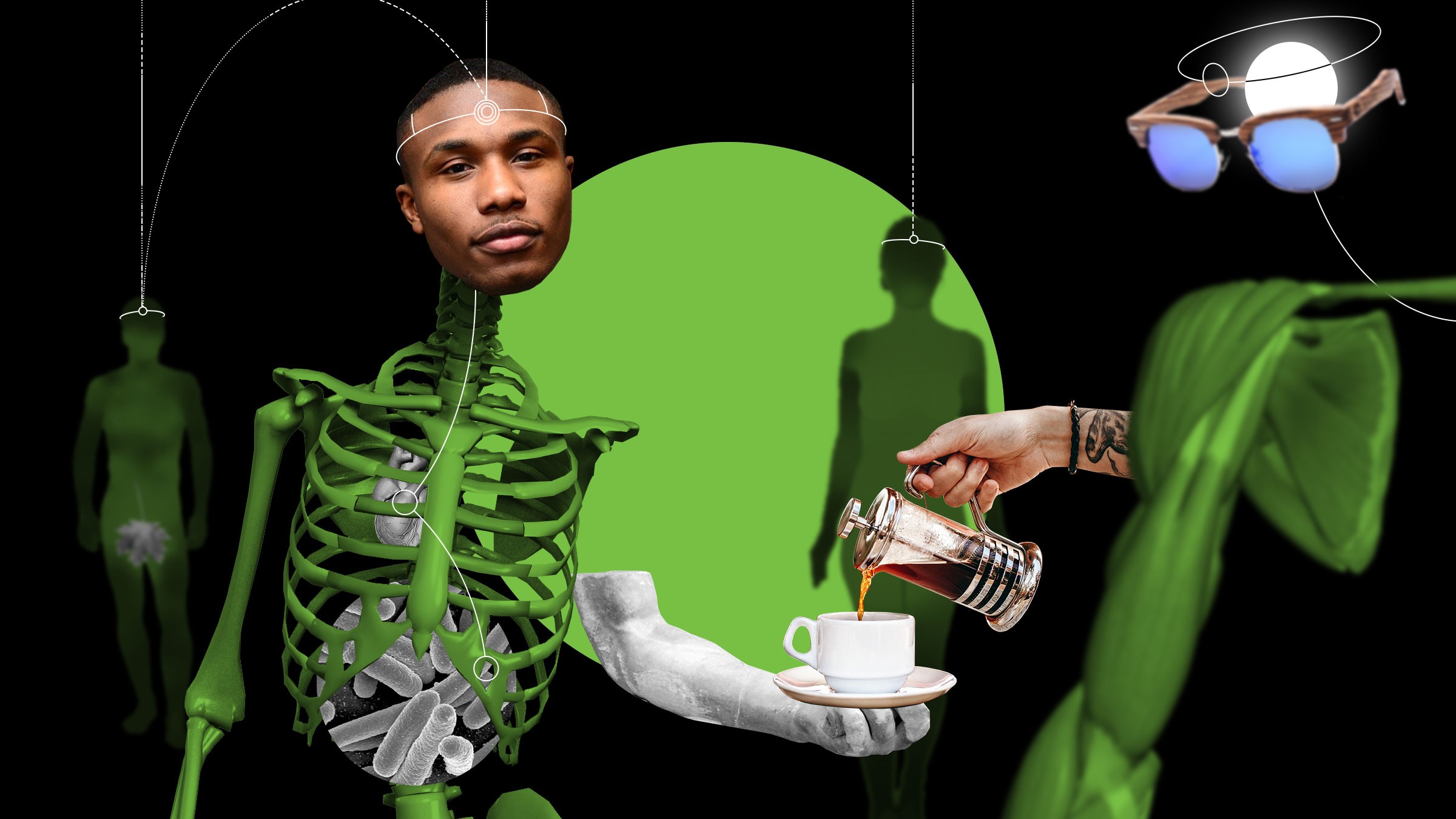


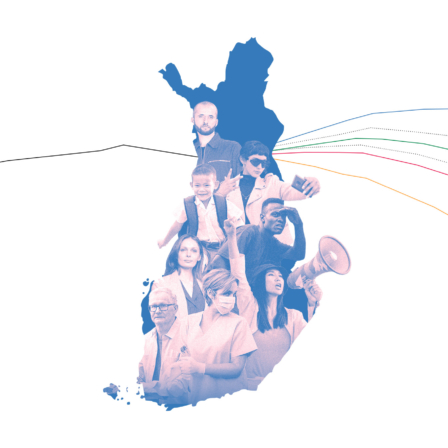
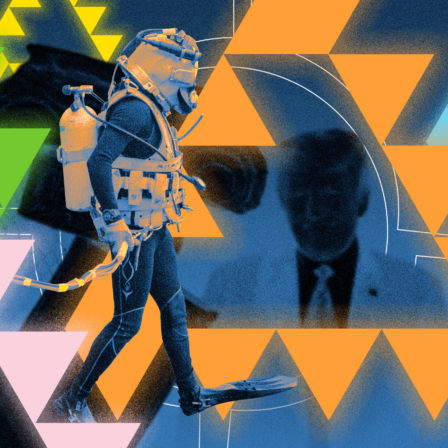


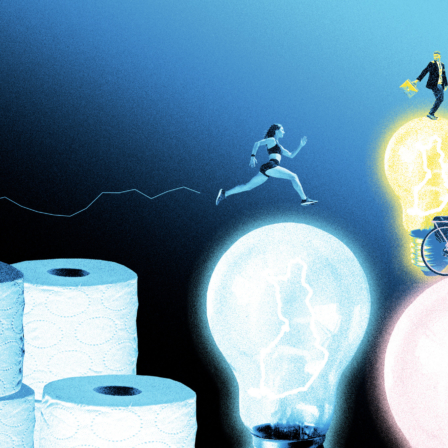

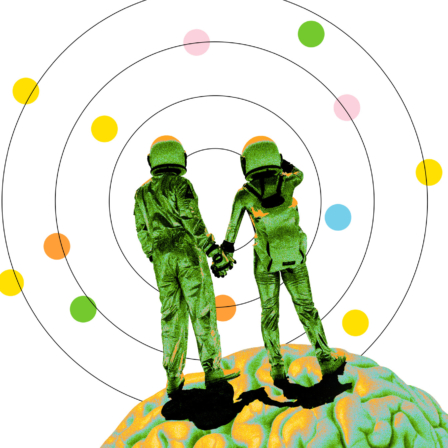



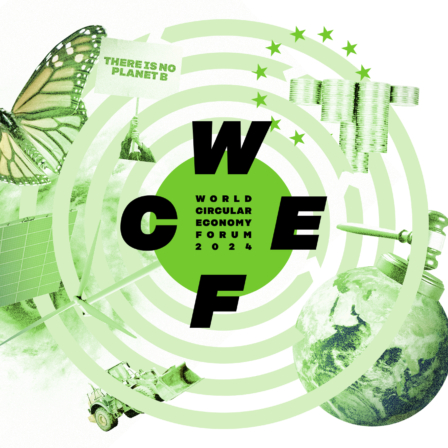
Recommended
Have some more.